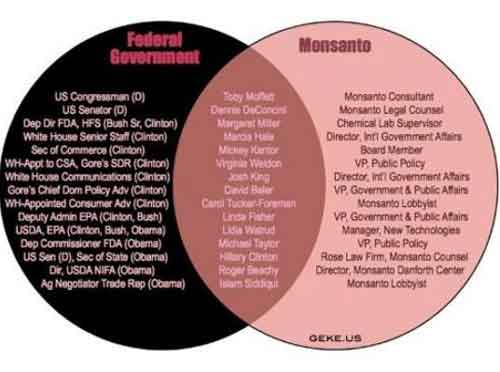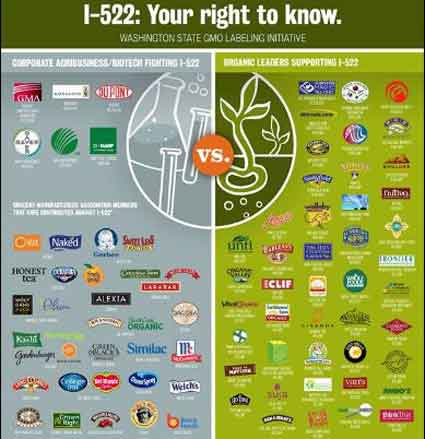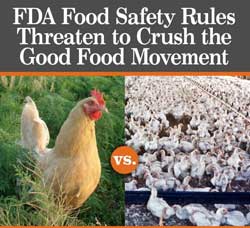If everyone were vegan, what would the world look like?
People choose to be vegan for many reasons, such has to avoid supporting cruelty to animals, for personal health, and for the health of the planet.
I know that the decision to avoid eating animal foods is not taken lightly. Many people struggle with the ethics of taking the life of another living sentient being, and have concluded that becoming vegan fits best with their integrity.
I too am completely against cruelty to animals. What is done to animals in big-agriculture factory-farms is despicable and I want nothing to do with it. Animals have just as much right to a good life as we humans do, in my opinion.
Furthermore with the climate crisis now at the forefront of consciousness, avoiding beef and dairy is commonly suggested as a way to reduce methane release into the atmosphere. Meat substitute products like Beyond Meat are becoming extremely popular.
So the question is, should we all become vegan? If everyone became vegan, what do you think our world would look like? Let’s think it through.
- First of all, since they would no longer be needed, cows, goats, sheep and chickens would probably go extinct, except for the odd example of each species kept in zoos.
- Harvesting annual crops actually has a very high kill rate of small animals, so is it really a valid to suggest that a eating plants-only diet is more humane?
As Andrew French suggests in the above link, “If the primary goal of veganism is to reduce suffering, then many of us are vegan, and a diet composed of primarily grass-fed beef and dairy, as well as free-range chicken eggs and perennial plant products, is the most vegan diet that I can think of. A diet based on grass that is never tilled, with no worm disturbed, no gopher sliced in half, allows nature to grow and flourish without our annual agricultural blades, machines, and chemicals.â€
- Most likely there would be more deforestation in order to have enough land to grow crops to feed the world. This would further accelerate climate change, as trees are the lungs of the planet.
- There would be more monocrops and consequently less biodiversity, also not good for the health of the planet. If the crops are conventionally grown, that would mean even more chemical run-off into streams impacting fish and wildlife.
- So much land devoted to farming would further impact migration routes of wild animals, reducing their habitat, and potentially causing those species to decline.
- After 2-5 years of vegan-only eating, many people, particularly those whose ancestry is from places that are cold and snowy for several months of the year, will notice a decline in their health. In general, humans are omnivores and need to get some nutrients from animal foods, although those with tropical ancestry may manage to stay healthy longer without animal foods.
- As a result of deforestation and even more planting of annual crops, desertification would further increase, which is already a huge world problem. I will get into why, below.
Somehow I have a feeling that the above list is not what vegans want at all.
Desertification, a process where fertile land slowly dries out and becomes desert, is a growing problem that is made worse with hotter climates, deforestation, and poor farming practices.
Please watch this wonderfully hopeful TED Talk about how to reverse desertification and store enough carbon to put a dent in the climate crisis!
Isn’t the Ted Talk wonderful? According to Allan Savory, the best way to prevent desertification is to introduce grazing animals to the land. The cows, bison, sheep, goats etc. trample the grasses down stopping moisture from evaporating, fertilize the land which helps the vegetation grow, while at the same time sequestering carbon. The key to preventing desertification is to keep the animals moving so they are not grazing on the same exact bit of land day after day.
The way I see it, for our health and the health of the planet I choose to follow the middle path. Not veganism, but also not continuing with the status quo that doesn’t think about the impact of factory farms. What we eat is a political statement that has huge impacts for the world we live in and want to live in.
Absolutely refuse to eat animal foods from big agriculture factory-farms to stop the animal cruelty. We have a lot of power by choosing where to spend our dollars. If enough people stop supporting cruel farming methods, big agriculture would be forced to change.
Instead, to protect our health and the health of the planet, when I choose to eat beef and dairy, I am picky enough to choose from a farm that I know pastures their animals, and lets them lead a good life. Cows being cows, grazing outside, with the farmers moving them from pasture to pasture like nature intended, in order to retain moisture, keep the grass growing and sequester carbon.
Pastured animals and the carbon they sequester offsets the methane they produce, and the resulting reversal of desertification of the land helps cool the planet.
And pastured animals provide far more nutrition than factory-farmed animals. Twelve times the omega 3, 6 times the CLA, double the beta carotene, 5 times the vitamin E and A, and no antibiotics or hormones as they are not needed, and virtually no e-coli risk.
Every one of us will have to face that one bad day when we die, and it is important that while we are here that we live. And that we allow our animal friends to fully enjoy their life on this planet too before their one bad day.
Life eats life – should we fault the lion for eating the deer? Many plants eat insects too. Is that immoral? And why is it bad to eat animals and not bad to eat plants? Plants are living creatures also.
Yes, choosing how to eat in the most ethical way possible is complicated. There is so much information to sift through, and it can be hard to consider the hard truths and not make an emotional decision. I told you the decision I arrived at, but really your choice is yours alone to make. My goal here is to provide you with information that maybe you had not thought about before, so that your decision can be an informed one.
(I think it is also worth mentioning that artificial meat products are extremely processed”. Beyond Meat is made with peas, which is better than soy, but no matter how you look at it, it is still processed.)
If you want to share this article, scroll to the very bottom and click the “share” icon to post on Facebook. If you want to subscribe or search for other posts by title or by topic, go to blog.wellnesstips.ca.
Related tips:
On vegetarianism
Conventional vs. Organic vs Pasture-fed meats, poultry, eggs and dairy
Industrial agriculture – what’s the real cost of cheap food?
The problem with organic food
Improving nutrition by avoiding the grocery store
In defense of real meat
Savory, Allan How to Green the World’s Deserts and Reverse Climate Change TED TALK
French, Andrew Grass Fed Beef is the Most Vegan Item in the Supermarket Medium, May 12, 2018.
Purdy, Chase Plant-based meats sound healthy, but they’re still processed foods Quartz, July 1, 2019.
Eissen, Jill Have Your Meat and Eat It Too! Part 1 – 3 CBC Ideas Podcast, aired Aug 18, 25, Sept. 1, 2010.
Pollan, Michael The Omnivore’s Dilemma The Penguin Press, New York, 2006
Kenner, Robert Food Inc. Magnolia Home Entertainment, 2009.
Price, Weston A. Nutrition and Physical Degeneration Price Pottenger Foundation, La Mesa CA, 1939.
Taubes, Gary Good Calories, Bad Calories: Fats, Carbs, and the Controversial Science of Diet and Health (Vintage) Alfred A Knopf, New York, 2007.
Euromed It’s a Jungle Out There! How Plants Communicate to Get Their Needs Met
Chek, Paul Vegetarianism, inside out
Chek, Paul DOES MEAT EATING IMPEDE SPIRITUAL DEVELOPMENT?
Copyright 2019 Vreni Gurd
Share
Permalink Comments off

 The Big Food campaign suggests that labelling will increase the cost of food, but these same companies supply GMO labelled and GMO-free food to
The Big Food campaign suggests that labelling will increase the cost of food, but these same companies supply GMO labelled and GMO-free food to 
 For example, in an effort to control salmonella, the new regulations will make it next to impossible for small farmers to have
For example, in an effort to control salmonella, the new regulations will make it next to impossible for small farmers to have  Facebook Wellness-Tips Page
Facebook Wellness-Tips Page